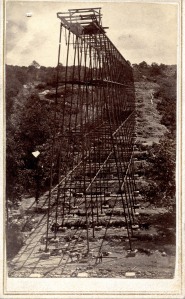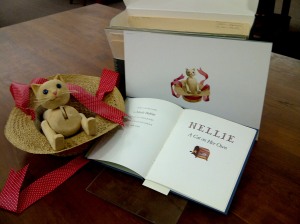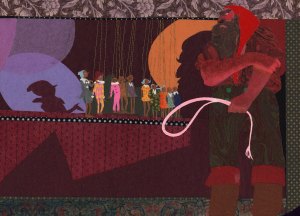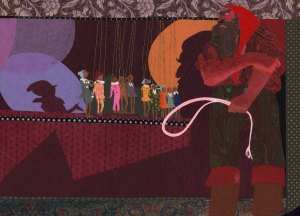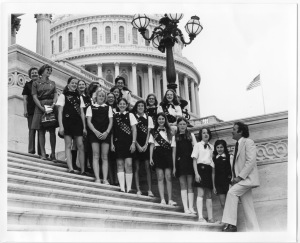Women’s Magazines and Fashion in 19th Century Spain – A Snapshot of the Spanish Periodicals and Newspapers Collection
In 2009 I wrote my first Item of the Month regarding our holdings of Spanish women fashion magazines and our intention to digitize a selection of the collection to increase its access. Two years later we have completed this project successfully. Today many researchers from Spain have been downloading these unique titles. In the last two years some titles have been downloaded over 1,000 times! This numbers showcases the great popularity that this project have generated. We are proud to have made accessible this cultural heritage of the people of Spain and open up the opportunity to many other users (such as Spanish language teachers, women studies scholars, etc.) to experience these outstanding titles.
Below I am re-posting the information I wrote in 2009 with update information regarding where to find these digitized titles. Enjoy!
Marisol Ramos Curator for Latin American and Caribbean CollectionsArchival collections are fascinating not only for their content but for the context of their creation and acquisition. The Spanish Periodicals and Newspapers is no exception. This unique collection of Spanish magazines and newspapers is just a tiny part of the huge book and periodical collection that was assembled by renowned Spanish bibliophile Juan Perez de Guzman y Boza, Duque de T’ Serclaes. Born in 1852 in the town of Jerez de los Caballeros, the Duke was well known by antiquarian booksellers in Spain for his exquisite taste and voracious appetite for all types of Spanish books and publications. His ability to find and acquire unique and rare materials was legendary and it was not uncommon to find specialized bibliographies of Spanish materials citing that the only copy available was in the hands of the Duke*. Toward the end of his life, the Duke collection was in deposit at the National Library in Spain, but after his death in 1934, his collection was sold in lots by his heirs. In the 1970s the Special Collections Department at the Wilbur Cross Library (the predecessor to Archives & Special Collections at the Thomas J. Dodd Research Center) acquired this collection of periodicals and newspaper through H.P. Kraus Periodicals.
Today, this collection is housed in the Thomas J. Dodd Research Center. The variety of magazines and newspapers amassed by the Duke of T’ Serclaes include a great variety of literary magazines, general interest magazines (literature, sciences, and politics), religion, women and fashion magazines, and other subjects. The collection spans three centuries (18th to early 20th century) of Spanish life, culture and politics. The bulk of the collection falls between the 1800-1840, which reflects major events in history of Spain (the Napoleonic period and the Wars of Independence in Spain).
Of great interest is the wide selection of women magazines written by men to appeal to a female elite audience. Ranging from literary and general interest magazines, full of short historical stories, poems, and good advice for both men and women about the proper behavior of ladies at any age, to beautiful colored and engraved fashion magazines with the latest news of Paris fashion, with music sheets of polkas and other music specifically composed for the magazines and patterns for needlework, these magazines are a window to understand the Romantic Period in Spain.
A selection of these women magazines (20 titles) were digitized in 2010 and now available through the Internet Archives. To see the complete listing of title digitized visit, http://doddcenter.uconn.edu/asc/collections/spanwomen.htm
For more information regarding the Spanish Periodicals and Newspaper Collection, contact Marisol Ramos, Curator for Latin American and Caribbean Collections.
*See Hartzenbusch, D. Eugenio. Apuntes para un catalogo de periódicos madrilenos desde el año 1661 al 1870 and Gomez Imaz, Manuel. Los periódicos durante la Guerra de la Independencia (1808-1814).


